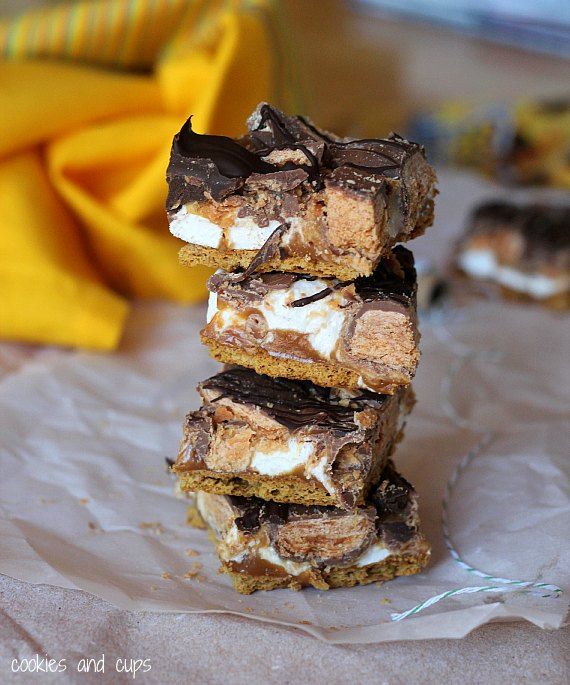 This post was written by Desiring Virtue’s monthly contributor, Katie Drumm.
This post was written by Desiring Virtue’s monthly contributor, Katie Drumm.
It seems to me that there is a lot of confusion and misinformation when it comes to household cleaners. Today I would like to share some facts that may turn you off from
traditional cleaners, but also provide you with some wonderful, natural cleaning alternatives. The best part is that most of the things I use to clean my home I own anyway for cooking or first aid, so they are not only healthy, but frugal options!
Living naturally can be a bit overwhelming, so I’ve broken down the way I clean my home and listed 8 easy ways that you can
ease into your own natural home.
1. Learn about the products you’re currently using.
First, before you scoff and decide that you’d rather just bleach your home to death, take a moment to think about what you’re exposing yourself and your family to. For example, OSHA (Occupational Safety and Health Association) requires employers to provide their employees who handle bleach with gloves and safety masks.
Yet we’re encouraged to clean our child’s toys by submerging them in a bowl of bleach. WHAT!?!?! The more I learn about the harsh, horrible chemicals found in the normal, everyday, popular cleaning supplies that most of us have in our homes the more and more frustrated I get with these companies!
Some More Things to Know:
- There is no federal administration to regulate the safety of household cleaners. There’s no FDA for cleaning products! This means that manufacturers can pretty much put whatever they want in their cleaners–whatever gets the job done the cheapest. And they do.
- Manufacturers of cleaning supplies do not have to tell consumers (or anybody else, for that matter) what is in their cleaners–they’re protected by trademarks and copyrights.
- The Sanitation Department will not take your full containers of cleaners because they have classified them as hazardous materials.
- Bleach irritates eyes, skin, and the respiratory tract just from inhalation.
- When bleach is mixed with other cleaning agents, a poisonous gas is released that can cause bloody noses, neurological disorders, headaches and even death.
- Household bleach, whether it’s mixed with other agents or not, can cause pulmonary edema, vomiting, or coma if ingested.
- Chlorine, used in many household cleaners, was among the first chemicals used in chemical warfare during WWI.
There are many more things I could say about the dangers of bleach, chloride, lye, etc., but the point is simple:
they are not safe. We have been told to rinse baby toys in bleach, to wipe our floors, kitchen counters, and bathtubs with bleach, to wash our whites with bleach, and our coloreds with color-safe bleach (whatever THAT really is), however, it simply isn’t safe. If scientists are required to practically put haz-mat suits on to handle these chemicals, why are we scrubbing our homes down with this stuff!?
If you are one of those ladies who just loves the smell of bleach, if that smell equals clean in your mind, can I encourage you to re-train your thinking? Remind yourself that that wonderful-bleachy-clean smell carries very real risks to your family.
I used to bleach my tile floors, my entire bathroom, and our white clothing. When I discovered the truth about household cleaners it was devastating: 1) that I was going to have to figure something else out, and 2) that I had been unintentionally hurting my family for so long!
Well, never fear: it’s not your fault that you didn’t know the dangers behind what you were using and you’re about to learn about natural cleaners you can use to replace the nasty chemicals!
(and it’s going to be SO MUCH CHEAPER, TOO!)
2. Get rid of the toxic stuff.
To be clear, that’s probably most of what you own. It was for me, anyway. Anything with bleach, chlorine, or lye is no good. If you’re feeling really crazy you can get rid of anything with any chemicals in it, which really will be all of it.
3. Fall in love with Vinegar.
I use a simple vinegar spray as my general household/anti-bacterial cleaner and my tile/linoleum/hardwood floor cleaner.
I am in love with vinegar and have re-trained my nose to smell vinegar and think, “Clean!” (instead of bleach).
Four tablespoons of white vinegar to 3 cups of water in a spray bottle will take care of most of your cleaning needs. I have yet to find something on my counters or floors that vinegar couldn’t get up. I love it!
As a floor cleaner, I use the
O-Cedar ProMist Microfiber Spray Mop. It allows you to use whichever cleaning solution you’d like and comes with a washable, reusable pad. I fill it up with my vinegar solution and it works perfectly! It doesn’t make the floor sticky and it dries really fast.
 4. Embrace Hydrogen Peroxide.
4. Embrace Hydrogen Peroxide.
For those really rough stains, Hydrogen peroxide always does the trick. I use it to clean my windows, mirrors, toilet, and bathtub. You can buy a bottle of hydrogen peroxide in the first aid section of your drug or grocery store. Replace the cap with a spray bottle head so you can use it as a spray. Keep the liquid in the dark bottle, though, so it keeps its effectiveness.
The first time you use it on your windows or mirrors you’re going to think, “Oh, no! This isn’t going to work!” Because it’s natural and doesn’t have a ton of chemicals, it doesn’t wipe off as perfectly as you might hope. No worries–give it 30 seconds and your windows or mirrors will be streak-free and sparkling!
5. Make Baking Soda your best friend.
Baking soda is basically good for everything. I store it in an aluminum salt/pepper shaker and use it to help the hydrogen peroxide on my toilet and tub.
If the scum is really bad and hydrogen peroxide just isn’t cutting it, after cleaning initially with hydrogen peroxide, I sprinkle some baking soda in the toilet bowl, let it sit for a moment, and then scrub with my toilet brush.

In the shower, after spraying with hydrogen peroxide, I sprinkle baking soda, leave for a few moments, and then scrub with a Scotch Brite Scour Pad.
Since I started using natural cleaning supplies, I’ve never had to use anything stronger than hydrogen peroxide and baking soda on my toilet or bathtub.
6. Keep a bottle of Rubbing Alcohol handy.
This discovery has changed the way I feel about my carpets. I really don’t like spots on my carpet, and so I was really excited when a friend suggested trying rubbing alcohol. It works!!! (even on pet stains!) Simply pour enough alcohol right out of the bottle to cover the stain and rub it into the carpet. It dries quickly as you’re rubbing and the stain just sort of disappears!
7. Get fruity with your Dusting
I am not a fan of dusting. That’s why I was so excited when I came across this dusting/polishing recipe. It really shines up my wood furniture and (although I think I might be making this up—>)
it seems to keep it dust-free for longer.

One cup olive oil & 1/2 cup lemon juice. I keep mine in a glass cruet with a spout and a stopper. Before applying to wood, with the stopper in place, I lightly shake the jar so that the oil and lemon juice mix as much as possible. Then I pour out a tiny amount onto an old rag and wipe down the furniture. A very small amount will go a very long way! Then you’ll want to wipe the furniture down with a part of the rag that you didn’t pour the mixture onto to try and pick up excess oil. This works great and keeps my furniture looking beautiful for quite a while. Also, it smells wonderfully clean!
8. Finally get your Stainless Steel Appliances sparkling!
I’ve never found a commercial cleaner that worked better than
olive oil at cleaning my stainless steel appliances. Simply use with a soft cloth for getting smudges off your appliances!
And that’s it! That’s everything that I use to clean my home. Actually, switching to natural cleaning products is so easy, that this isn’t so much “Easing into” a Natural Home–this is “Easily
Plunging into a Natural Home!”
I love using natural products because I don’t want to put my (or my family’s) health in jeopardy
and I LOVE how these natural products
really keep my home clean. Also, since I use almost all of these items for cooking, I save a ton of money each month NOT having to buy separate cleaning products!
Natural Cleaning Solutions I Use:
- Vinegar Spray: 4 tsp. vinegar & 3 cups water in a spray bottle
- Hydrogen peroxide: original bottle with a spray bottle nozzle
- Baking soda: in an aluminum salt or pepper shaker
- Rubbing Alcohol: kept in the bottle it comes in
- Olive Oil & Lemon Juice polish: 1 cup olive oil & 1/2 cup lemon juice in a glass cruet with a spout & stopper
- Olive Oil: Just kept in the jar it comes in (stored in my pantry)

















 In the shower, after spraying with hydrogen peroxide, I sprinkle baking soda, leave for a few moments, and then scrub with a Scotch Brite Scour Pad.
In the shower, after spraying with hydrogen peroxide, I sprinkle baking soda, leave for a few moments, and then scrub with a Scotch Brite Scour Pad.









